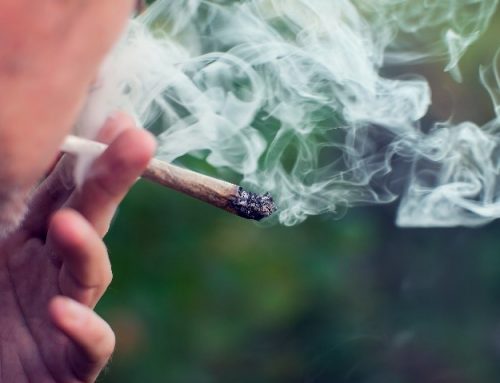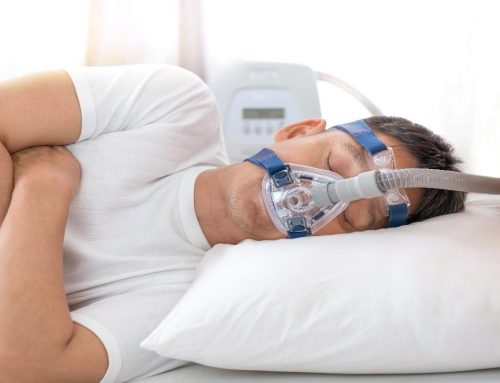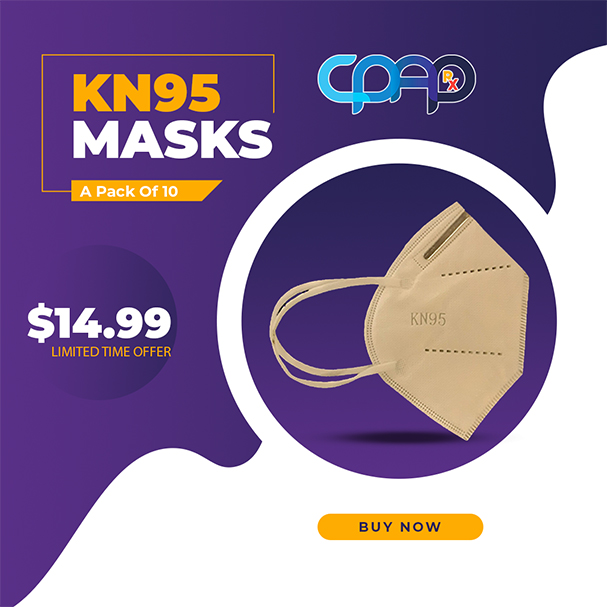 Officially known as filtering facepiece respirators, protection facemasks are subject to different regulatory standards all over the world and offer much better protection with the face form-fitting and greater pressure drop. For a mask to sell as filtering facepiece respirators, it has to fulfill or possibly exceed particular physical and performance characteristics, which may vary from one country’s regulatory body to the next. The following are some masks with the country-specific regulation codes to which they’re subjected:
Officially known as filtering facepiece respirators, protection facemasks are subject to different regulatory standards all over the world and offer much better protection with the face form-fitting and greater pressure drop. For a mask to sell as filtering facepiece respirators, it has to fulfill or possibly exceed particular physical and performance characteristics, which may vary from one country’s regulatory body to the next. The following are some masks with the country-specific regulation codes to which they’re subjected:
- N95 (United States NIOSH-42CFR84)
- KN95 (China GB2626-2006)
- FFP2 (Europe EN 149-2001)
Are N95 and KN95 Masks Different?
Grasping the distinction between N95 and KN95 masks can be challenging; the similar-sounding names don’t help. The differences between the two are considerably subtle. In one breath, N95 is the standard respiratory mask in America, while KN95 is the Chinese standard for respiratory masks. The US National Institute for Occupational Safety and Health has quite a long list of requirements that manufacturers need to meet if they are to label their products as N95 masks. These requirements may differ slightly from those that Chinese masks need to qualify as KN95s. Nevertheless, considering the features that most people care about, the two masks are virtually the same.
According to mask manufacture 3M, it is perfectly rational to consider US N95s and China’s KN95s as equivalents. The respiratory mask standards for Australia (P2), Europe (FFP2), Japan (DS), and Korea (KMOEL) are also highly similar. The KN95 is available for sale within the US.
What is the Same with N95 and KN95?
Most users care about the percentage of particles that a mask is capable of capturing. In this aspect, N95 and KN95 are the  same. According to their ratings, both masks capture 95% of tiny (0.3 microns) particles.
same. According to their ratings, both masks capture 95% of tiny (0.3 microns) particles.
Given that the KN95 and N95 masks are rated to capture 95 percent of 0.3-micron particles, many people erroneously assume that they are incapable of capturing smaller particles. An infographic in the South China Morning Post made this exact statement. The post stated that N95s protect the wearer from particles with a diameter of at least 0.3 microns. However, this is untrue. According to empirical data, the masks are highly effective at capturing smaller particles, such as the COVID-19. You can even sanitize both masks using the Lumin CPAP Mask Cleaner for reusage. The more particles they capture without being sanitized first, the more particles they’ll let through. So just like with CPAP masks and other equipment, dirty N95s may cause infection.
What are the Differences Between N95 and KN95 Masks?
The ratings of both masks require that they are tested for filtration efficiency at capturing salt (NaCl) particles flowing at a rate of 85 L/minute. Nevertheless, some differences arise at this point. The differences are minute and wouldn’t interest the average mask user. Here are the main differences:
- For a mask to be certified as a KN95, the Chinese government requires that the manufacturer runs fit tests on real human beings and achieve ≤ 8% leakage. On the other hand, the American government doesn’t require the N95 mask manufacturers to run such fit tests.
This doesn’t mean that these tests aren’t helpful. Many companies and hospitals necessitate that fit tests be run on their workers. However, such provisions are born of the hospitals and companies in question – not for the US National Institute for Occupational Safety and Health certification on the mask.
- The US NIOSH certification outlines slightly stricter requirements for pressure drop during inhalation with N95s. As a result, N95 masks are more breathable than KN95 masks.
- N95 masks also have slightly stricter provisions for pressure drop during exhalation, a factor that also makes them more breathable.
More About KN95 Respiratory Masks
Although both N95s and KN95s are rated to stop 95% of 0.3-micron particles, only KN95 masks are subjected to fit tests. A KN95 mask will protect you from all types of viruses in air, pollution and dust particles. See more:
- The Efficiency of KN95 Masks
A KN95 respirator stands out with its design that achieves a very close facial fit and very effective filtration of airborne particles. When this respiratory protective device is subjected to meticulous testing, it blocks more than 95% of tiny 0.3-micron particles. When worn correctly, the safety capabilities of KN95 respirators exceed those of ordinary face masks. KN95 respiratory masks are foldable, and have a filtration performance rating of at least 95% that matches that of N95 respirators. KN95s have a hidden nose clip that doesn’t expose the wearer to metal contact.
- Uses of KN95 Masks
The KN95 masks are used in mining, construction, wood processing, manufacturing, electronic, automobile, and pharmaceutical manufacturing, among other industries where protection against small particles is required.
Due to the pressure drop regulations to which KN95s are subject, they can make breathing a little laborious for the wearer. Therefore, people with cardiac, chronic respiratory, or any other medical conditions that affect the ease of breathing should consult their healthcare provider before using the KN95 respirator.
KN95s are not ideal for children and people with facial hair. This is because they can’t achieve a proper fit on the small faces of children and on those of adults who have facial hair; therefore, they can’t provide their full protection.
- When to Discard KN95 Masks
In case your respirator gets soiled or damaged, or if breathing becomes increasingly difficult, you should carefully remove it, discard it properly, and wear a new one. The safest way to discard your KN95 is by putting it in a plastic bag, which you then put in the trash. Also, wash your hands thoroughly after handling a used respirator.
Users should discard your KN95 respirator after encountering patients or aerosol-generating procedures. One should also discard their respirator when it becomes deformed or damaged; becomes wet or visibly dirty; no longer fits as closely; becomes contaminated with blood, respiratory secretions, or other bodily fluids from someone else; or if it makes breathing difficult.
Resources and References




 Shop
Shop



